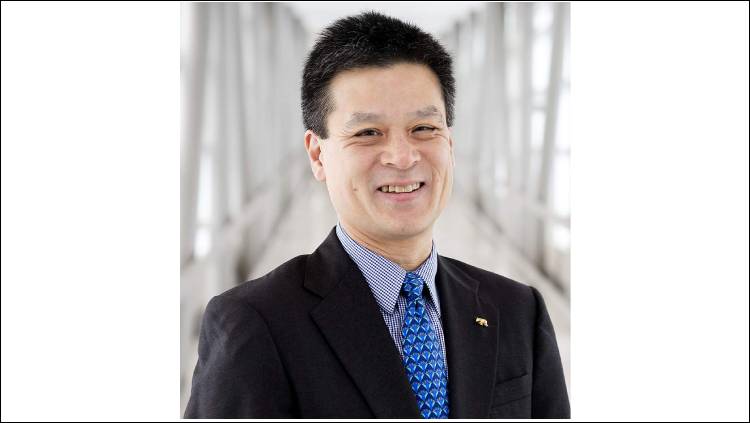SfN Council Supports Changes to Membership Structure
SfN Council held its summer meeting in Santa Monica, California, July 18–19. Several key areas of focus included an update on SfN’s finances, discussion of the membership structure and shifting patterns in how the Society’s members engage with the SfN’s programming, an update on planning for Neuroscience 2024, and recommendation of new committee chairs.
After receiving an update on the Society's investment portfolio and finances and having several future-looking conversations on membership, programming, and support to the field, Council reviewed and approved the multi-year planning targets to ensure continued long-term financial health of the Society.
Council heard from the SfN Individual Membership Working Group, which spent six months reviewing and preparing a series of recommendations for how SfN could evolve its membership structure to better meet the evolving needs of the field. Council approved a proposed new definition that broadens who can be an individual member. In addition, Council approved the working group’s recommendations to increase roles for graduate student members, expand the definition of postdoctoral members, and increase the term limit for postdoctoral members, as well as several small, proposed changes to the new member application. In support of these changes, SfN’s bylaws will need to be revised. Proposed revisions to the bylaws will be brought to Council at its fall 2024 meeting. Following the fall 2024 meeting, the revised bylaws will be presented at the SfN Members’ Business Meeting at Neuroscience 2024 and subsequently voted on by the membership.
Council heard an update on planning for Neuroscience 2024 and reviewed the format and timeline for late-breaking abstracts, which were introduced this year. Council also voted to approve the creation of a new theme for abstract submission starting with Neuroscience 2025. Theme C will be split into two themes: Theme C – neural aging and degeneration and Theme D – neuroimmunity, neurovasculature, and neural injury. The goal of this division is to allow for a more even distribution of abstracts among the themes.
The Council meeting featured a session focusing on SfN’s business model and the shifting patterns of how our members interact with SfN. The conversation focused on prioritizing ideas and strategies for future support to the field and investment in additional and new member and non-member programming.
Finally, Council approved a slate developed by the Committee on Committees (CoC) recommending new incoming committee chairs who will begin their terms at Neuroscience 2024. The CoC’s aim is to incorporate a variety of voices in SfN’s committee structure and ensure diversity is attended to at all levels.






















